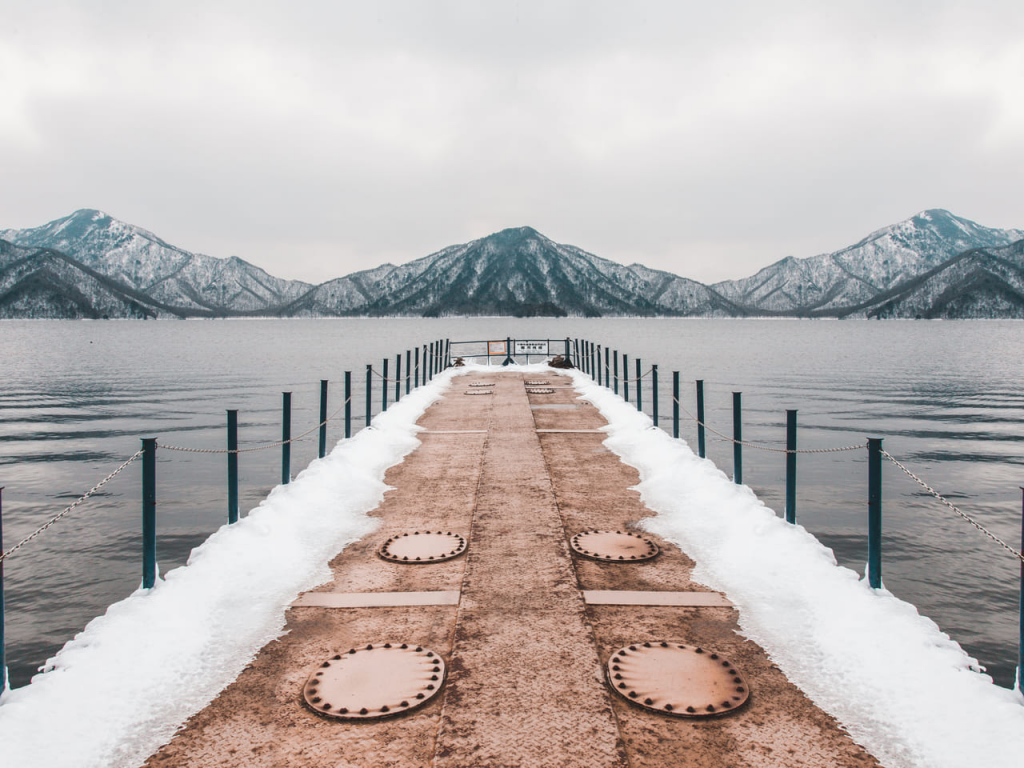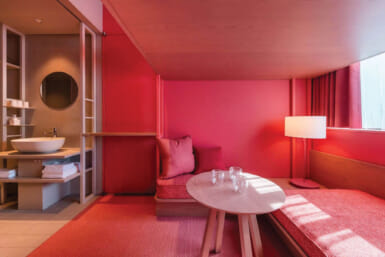Nikko: one of the most famous areas in Japan, and home to Nikko Toshogu Shrine where the first shogun of Japan, Ieyasu Tokugawa, is enshrined. In February, we set out for two days of exploring and were happy to discover there is much more to this charming Tochigi town than first meets the eye. To end your getaway off in style, we recommend a grand dinner at the top of SKYTREE Tower in Tokyo, which is conveniently one of the stops on Tobu Railway’s route between Nikko and Tokyo.
DAY ONE
7:30am: From Tokyo to Snow Country
Beginning our journey at Tobu Asakusa Station, we boarded the Kegon, one of the limited express SPACIA trains. We found ourselves in a private compartment with spacious seats and large windows, which gave us an unobstructed view of TOKYO SKYTREE® as we departed Tokyo, and, as we moved further out of the city, old country houses, rice fields, and plenty of fresh snow.
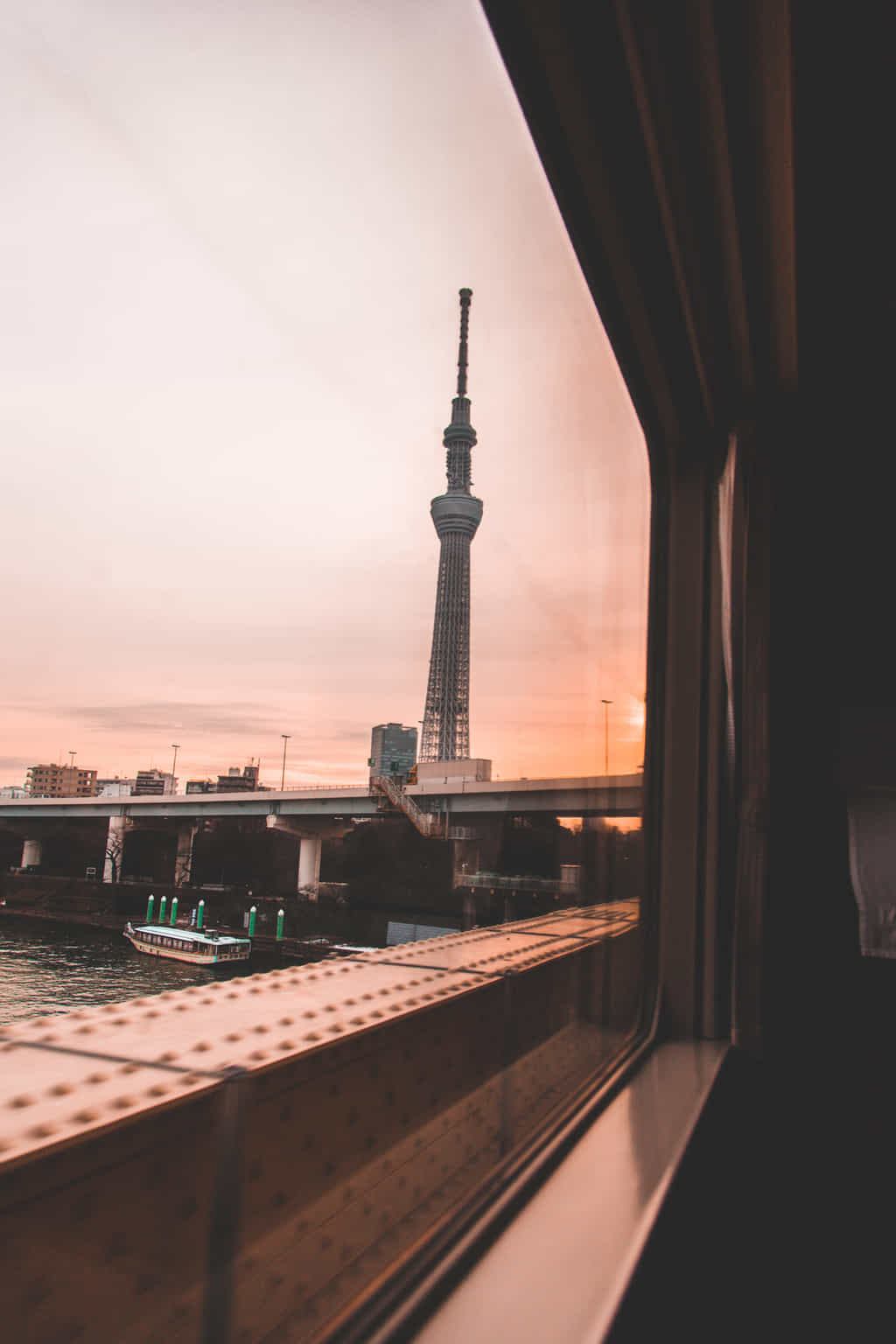
The view of SKYTREE Tower as we departed Tokyo
9:30am: Okunikko Exploring
The first thing we did upon arrival in Nikko was buy our Nikko Bus Passes – discount tickets that would allow us to explore as far out as the Okunikko area during our two-day trip. Next, we hopped on the next bus to Okunikko to explore the Senjogahara Plateau. The plateau is the highest moor on mainland Japan, and offers untouched snow in winter, and hiking during the rest of the year – you can hike through it in two to three hours, and spot more than 350 types of wild birds and plants. Adventurers can rent snowshoes or cross-country skis at shops near the Sanbotsu bus stop.
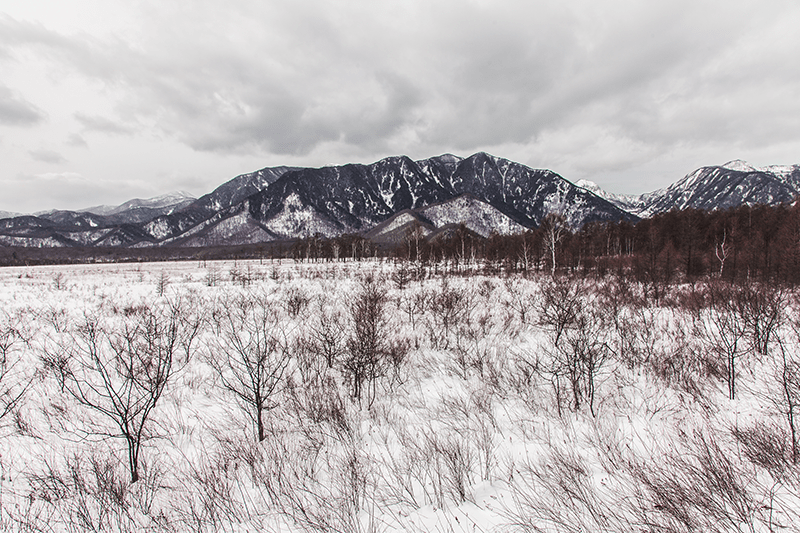
11am: Tea and Falls
We backtracked to Ryuzu no Taki (Dragonhead Waterfall). This isn’t the largest waterfall in the area, but its distinctive “two-headed” shape created by a large rock splitting the waterfall in two, and the fact that one can walk a trail along it, was fascinating. Be sure to stop at Ryuzu no Chaya, a small traditional café that offers green tea, Japanese sweets, and a great view of the falls.
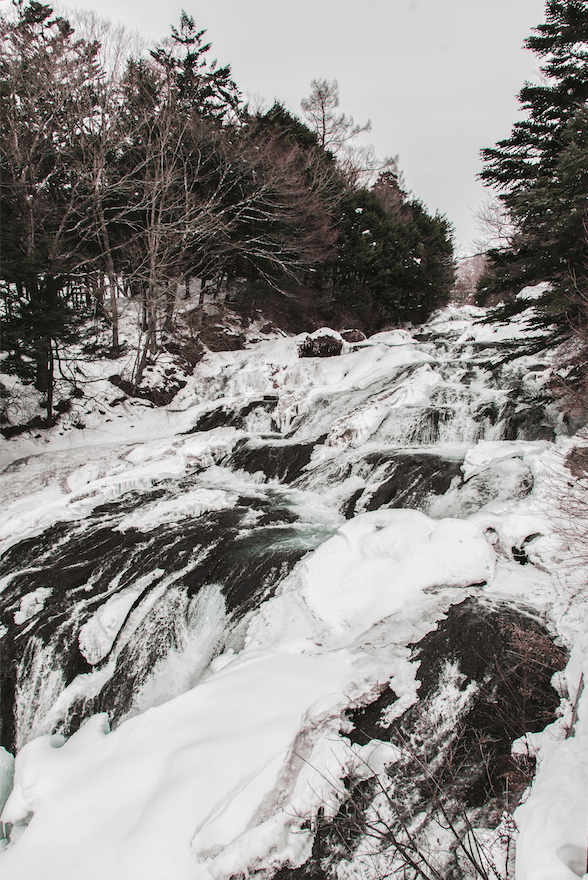
Ryuzu no Taki (Dragonhead Waterfall)
12:30pm: Lakes and Shrines
We hopped on a bus again, this time aiming for Lake Chuzenji – a picturesque area perfect for leisurely strolls and boat rides. While there, we stopped at Futarasan Shrine’s second shrine (there are three in total, the main one being next to Toshogu Shrine, and the third of which is on top of Mount Nantai). It was so cold that the ladle at the temizuya (purification fountain) was frozen to the fountain.
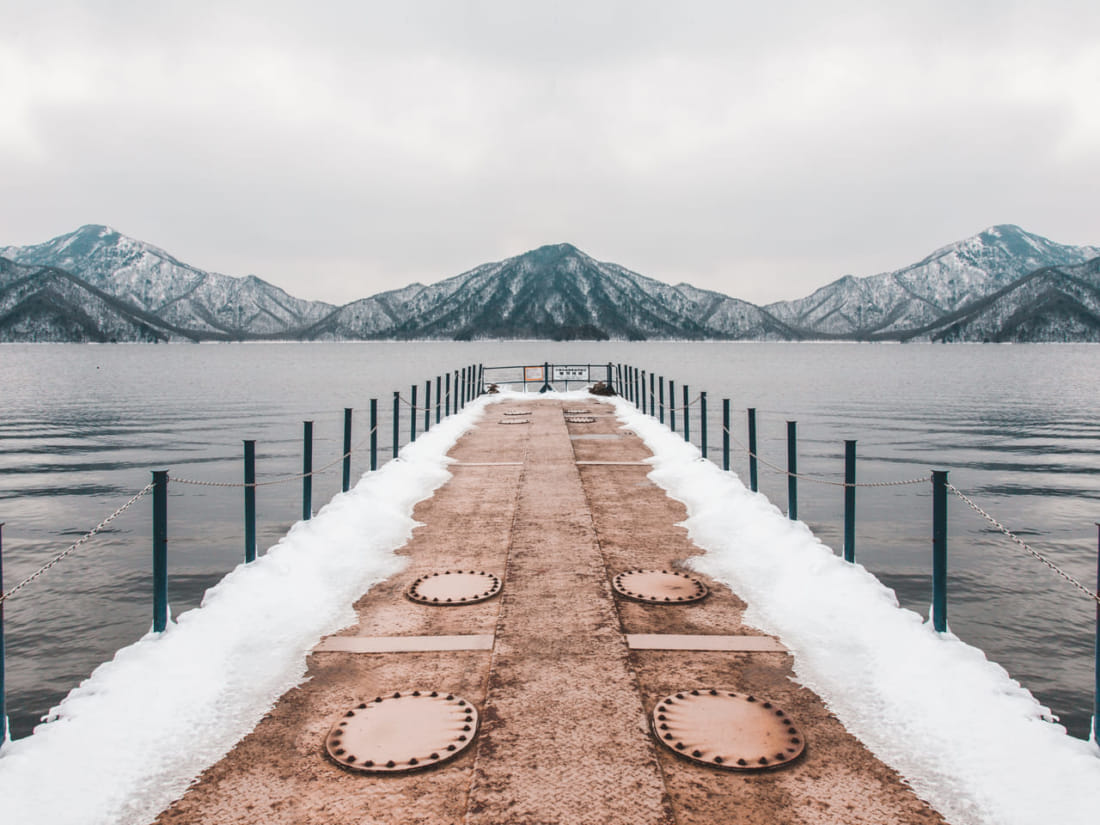
Lake Chuzenji
2pm: The Main Attraction
Nikko Toshogu Shrine in central Nikko is vast, with 55 structures, eight of which are national treasures, and 34 of which are important cultural properties. Though Ieyasu Tokugawa, the first shogun of the Edo shogunate, is deified here, his grandson Iemitsu Tokugawa is credited with renovating the shrine into the brilliantly decorated structure it is today.

Nikko Toshogu Shrine
5:30pm: A Hotel with History
We headed to our accommodation, Nikko Kanaya Hotel, known for being the oldest Western-style hotel in Japan. It was founded after American missionary and doctor James Curtis Hepburn visited Nikko in 1871, but found nowhere to stay. Taking pity on him, court musician Zenichiro Kanaya welcomed him into his home. On the suggestion of Dr. Hepburn, Kanaya opened part of his residence as accommodation for foreign guests, and the rest is history. Many of the original opulent carvings and vintage adornments are still in place, and signatures from some of the hotel’s most distinguished guests are on display – notable persons such as Helen Keller and Albert Einstein have bedded down here.
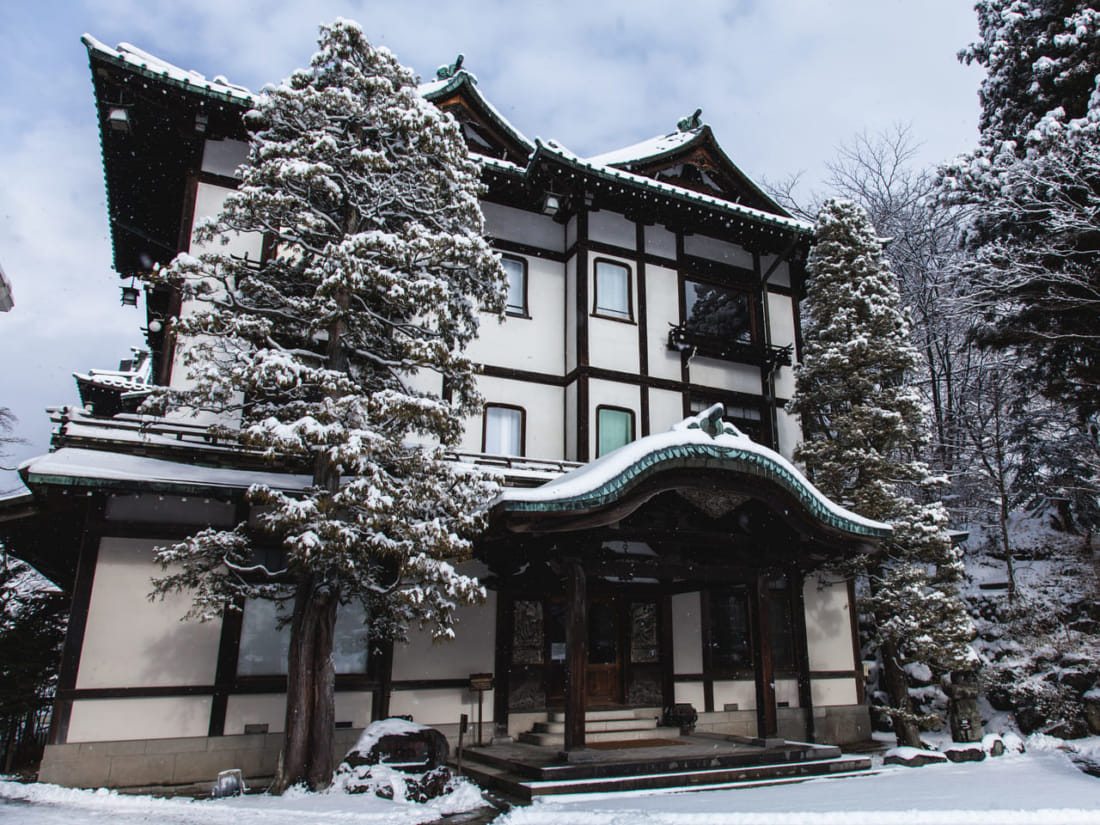
Nikko Kanaya Hotel
Just down the road is one of Nikko’s most famous views: Futarasan Shrine’s Shinkyo Bridge. Registered as a World Heritage Site, it’s considered one of the three most beautiful bridges in Japan. Legend says that the bridge was made by two snakes stretching their bodies across the water to help Saint Shodo, the first head priest of Toshogu Shrine, to cross the river.
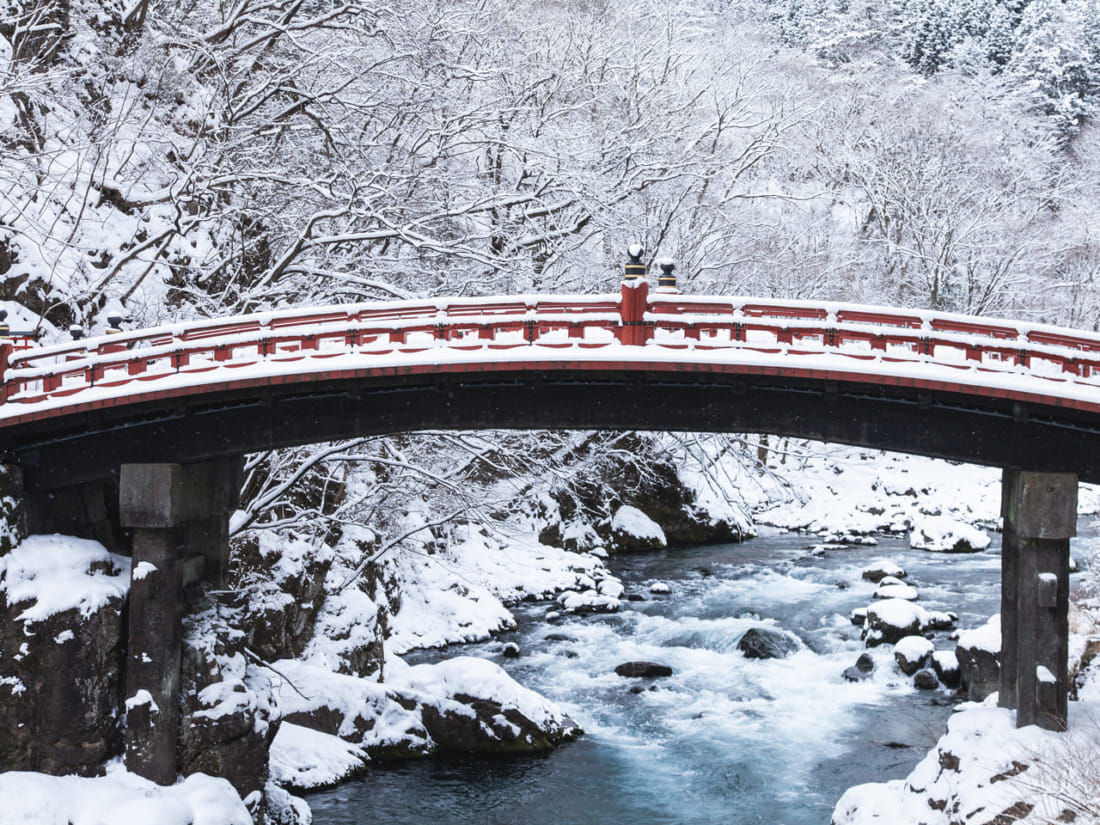
Shinkyo Bridge
Before dinner, we took up a seat at the hotel’s famous Bar Dacite. Named for the scientific name of Oya Stone, a type of rock that hails from nearby Utsunomiya, the imposing fireplace here is made using this particular rock. The charming bar has an intimate feel, a beautiful interior with wooden engraved furniture, and dozens of vinyl records for jazz-savvy guests – we sifted through them and forwarded requests to the bartender while sipping on one of the bar’s 200-plus kinds of malt whiskey. Later, we made our way up to the elegant dining hall and tucked into an exquisite multi-course French-inspired dinner.
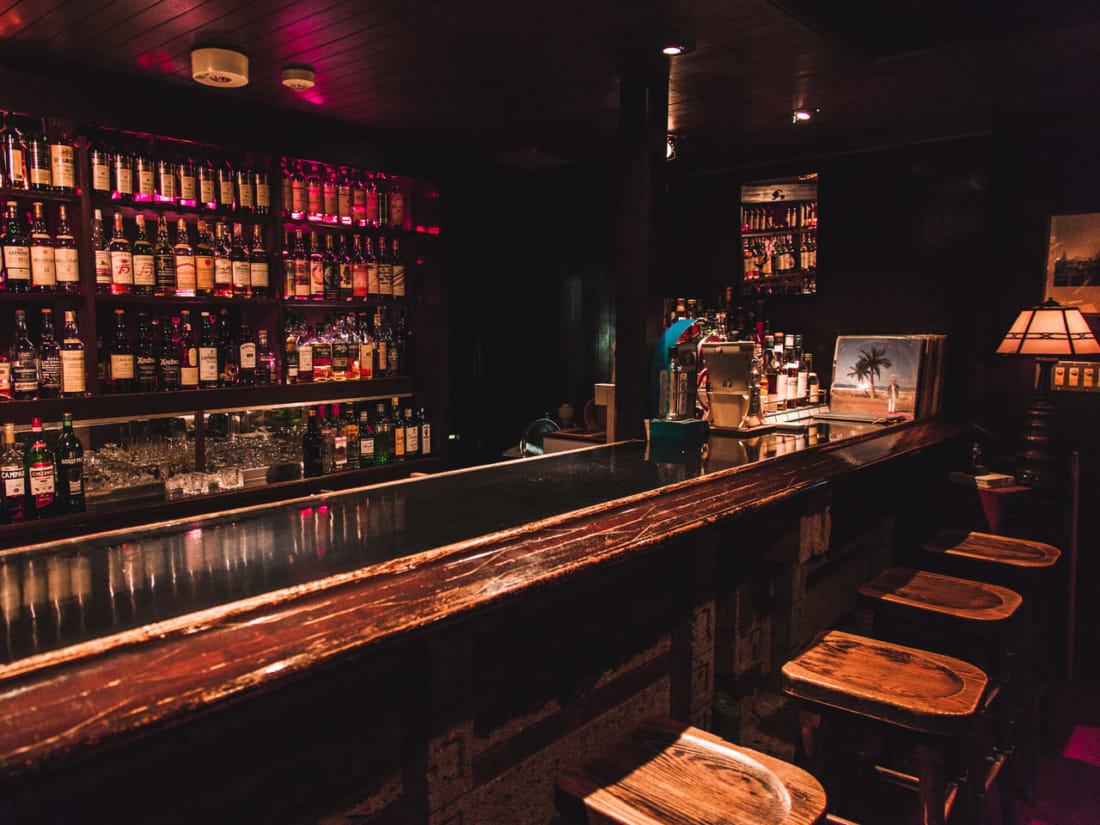
Bar Dacite at Nikko Kanaya Hotel
DAY TWO
10am: A Surprising Find
After a delicious continental breakfast with coffee, we set out on an adventure to find unknown Nikko. We marched through a layer of freshly fallen snow on a road east of Toshogu Shrine. Our goal was Takinoo Shrine, but on the way we discovered the interesting Sannomiya Shrine. Rows upon rows of wooden blocks shaped like large shogi pieces line the front of the shrine. Each shogi piece has the kanji 香車 (kyousha, meaning lance) written on it. The lance can only move forward in shogi, making it an auspicious symbol for a healthy birth. Pregnant women come to the shrine to pray for a smooth birth and to take one of the shogi pieces home with them. After the baby is born, they buy a new shogi piece and write their child’s name on it. They then bring both pieces to the shrine to give other soon-to-be mothers hope.
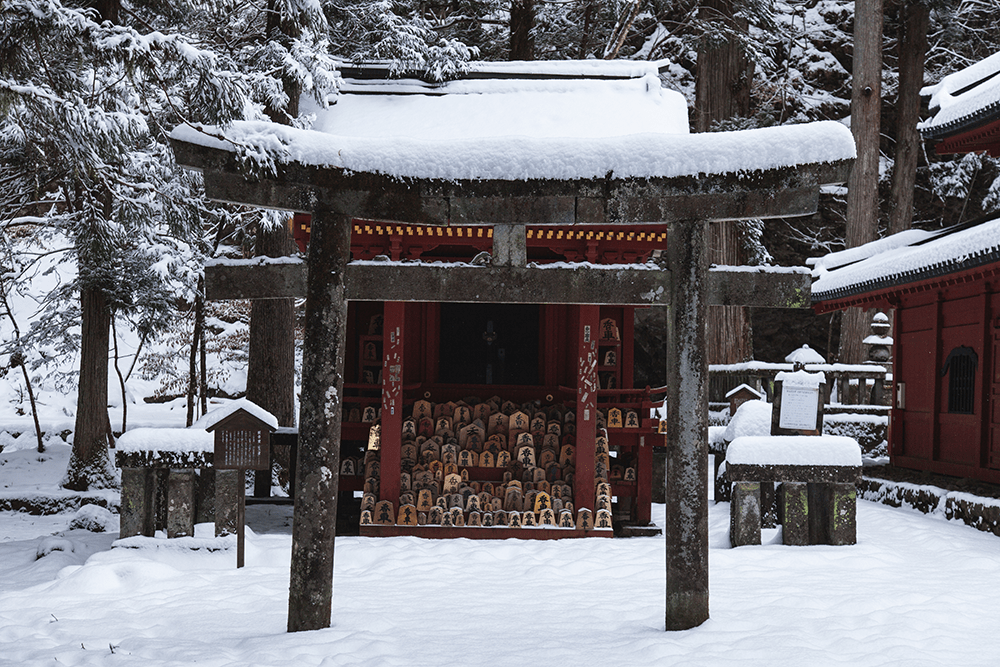
Sannomiya Shrine
12pm: It’s Okay to Throw Stones
Though connected to Futarasan Shrine, Takinoo Shrine has a treasure trove of hidden secrets all of its own. After a sharp uphill climb of stone steps, we reached the first torii gate. Unlike most other torii, the middle support stone at the top has a circle-shaped hole in it. Visitors are welcome to try their luck by throwing a small rock at the torii – should the rock pass through the hole, then they will be blessed with good fortune. (We tried three throws, but didn’t make it.) The shrine grounds expand across a stream, with a small spring called Sake no Izumi (Sake Spring), implying the water here makes good sake. Sake brewers still come here to pray for good brewing.
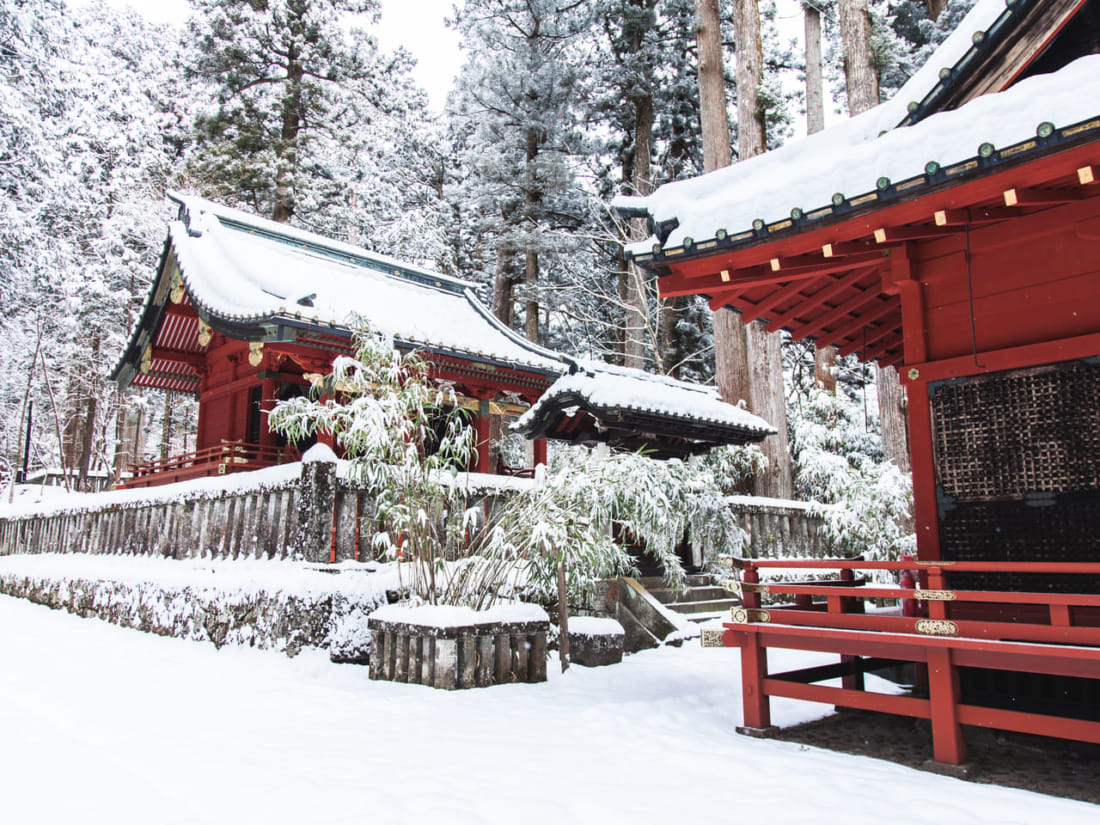
Takinoo Shrine
2pm: A Local Delicacy
Before leaving Nikko, we headed to one of the many restaurants around the station serving yuba. Yuba, the skin from soy milk when it’s heated, is a local delicacy and a must-try when visiting. We had a side of yuba sashimi to go with our tanuki udon, which offered a nice contrast in texture to the soft noodles. Bellies full, we boarded a late afternoon express train to Tokyo, this time bound for Tokyo Skytree Station for the perfect end to our getaway.
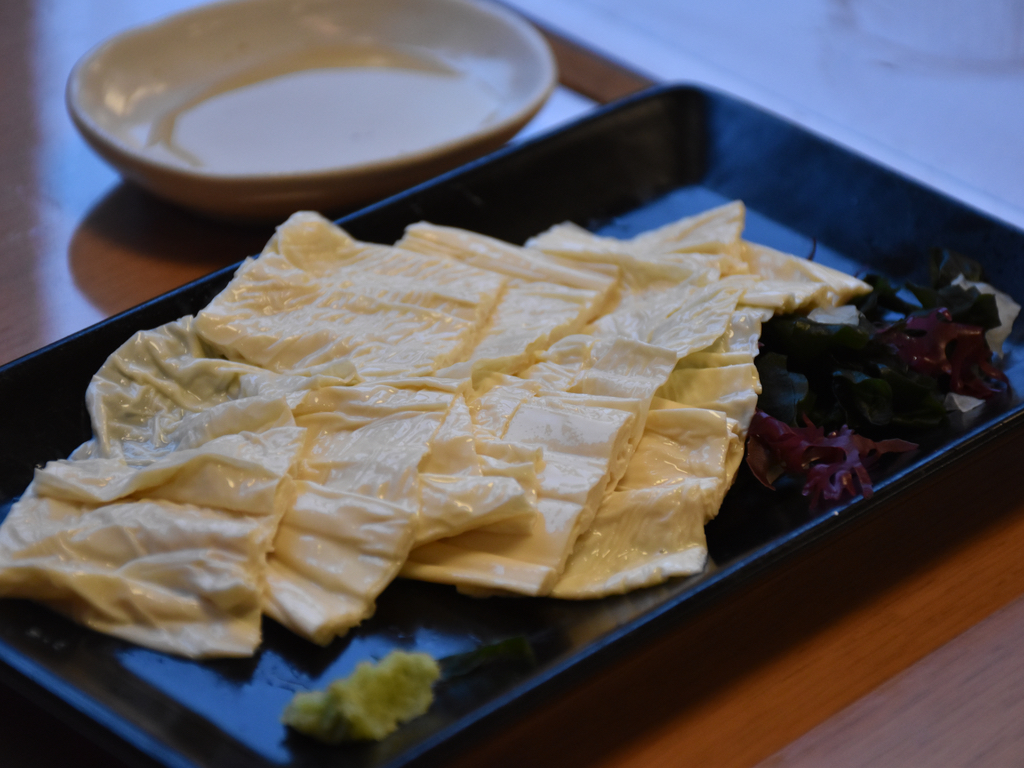
Yuba sashimi
6pm: Dining Among the Stars
Tobu Railway will take you straight from Nikko to Tokyo Skytree Station, making TOKYO SKYTREE TOWN® a handy stop for a bit of extra sightseeing and winding down after two days of adventure. There’s plenty to do and see here, not least of which is take in the view from the top of the tower, of course. But for those who may have already been there, done that, here’s another way to admire the vista – by enjoying dinner at Sky Restaurant 634 (the numbers represent the height of SKYTREE, and can also be read as “mu-sa-shi,” which is the old name of a province spanning across Tokyo, Saitama, and some of Kanagawa prefectures). It’s located on the first observation deck of TOKYO SKYTREE®, and at 345 meters above ground, it’s Tokyo’s highest restaurant!
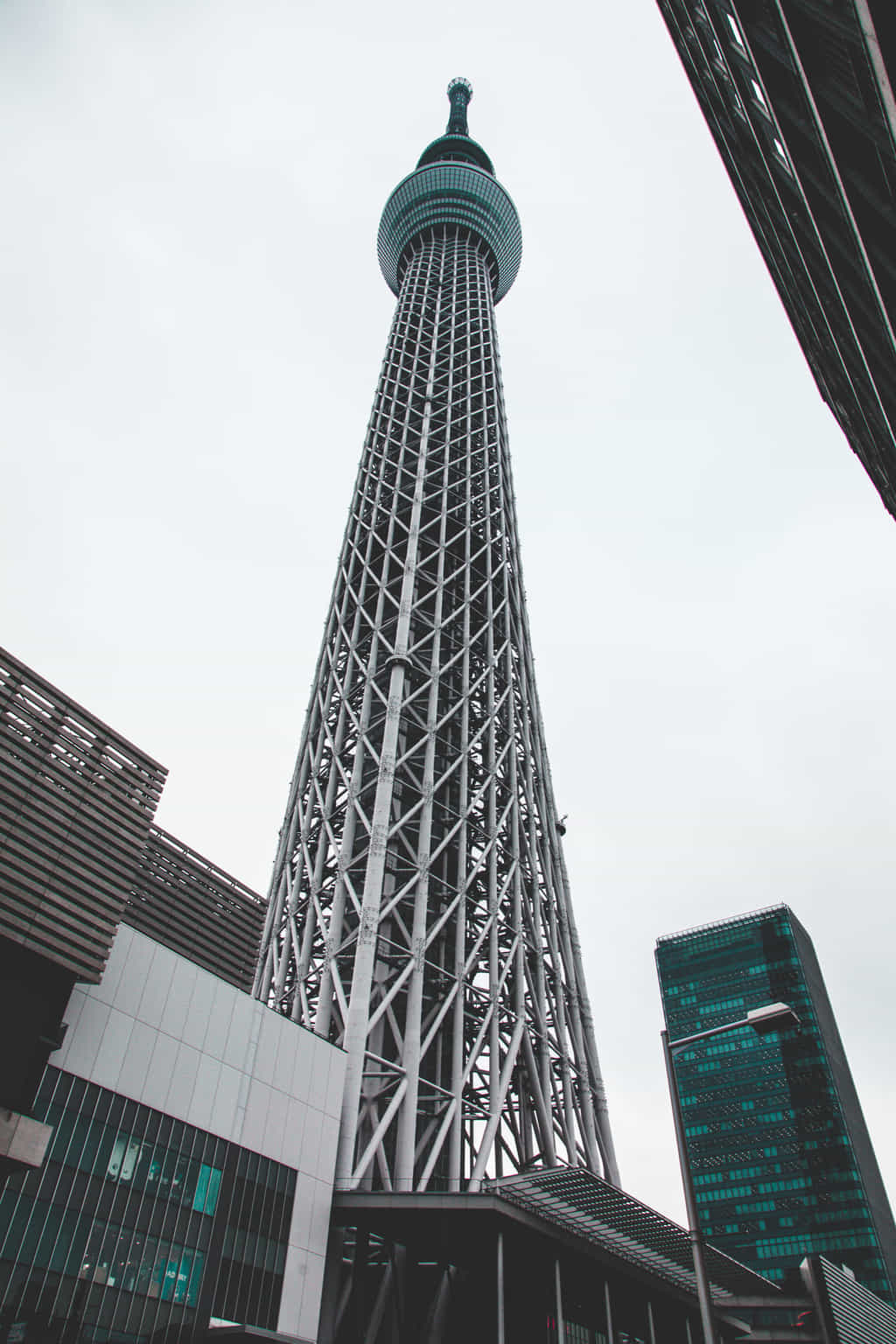
SKYTREE Tower in Tokyo
Our evening here felt like an otherworldly experience. We walked through the doors leaving the chaotic and touristy observation deck behind us, and entered a sophisticated space of simple elegance. The first thing to grab our attention was the beautiful blue lighting above the windows. The second was the scenery. Sky Restaurant 634 offers an unrivalled view of Tokyo and beyond. On a clear day, look west to see all the way to Mt. Fuji. When the skies are clear at night – and you have good timing – you may get a free fireworks show courtesy of Tokyo Disneyland in the east.
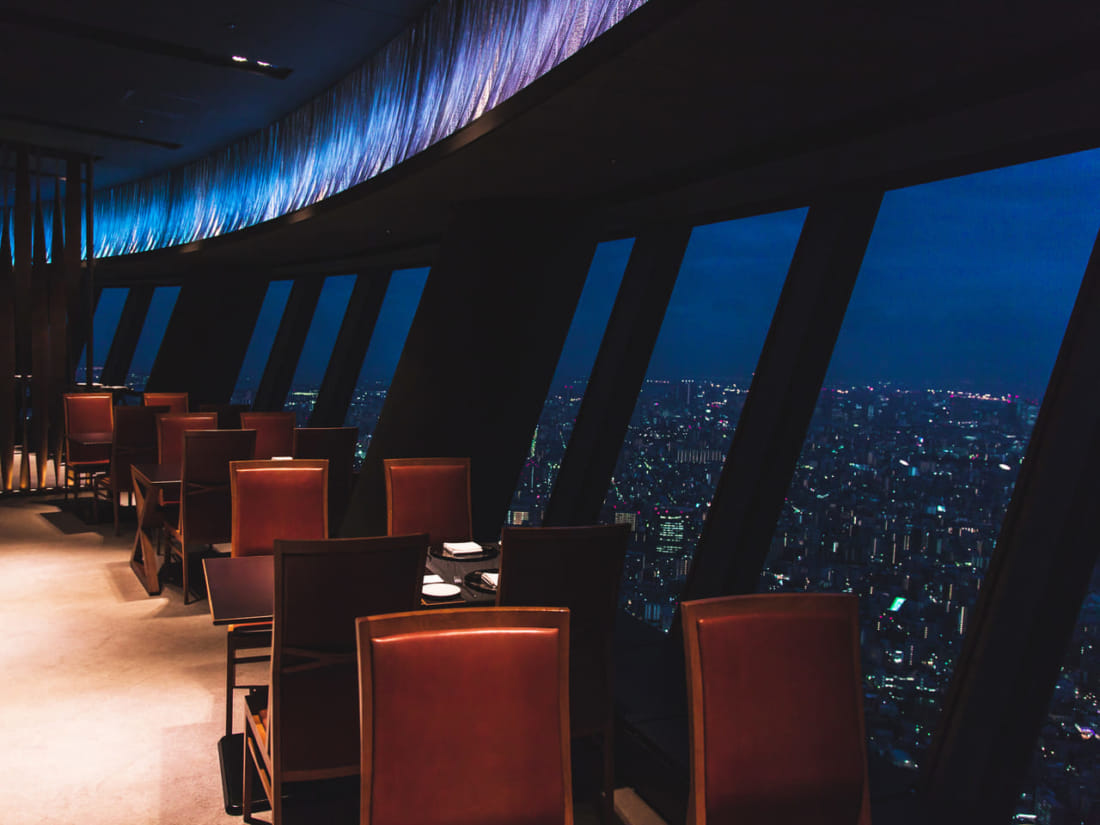
Superb views over Tokyo from Sky Restaurant 634
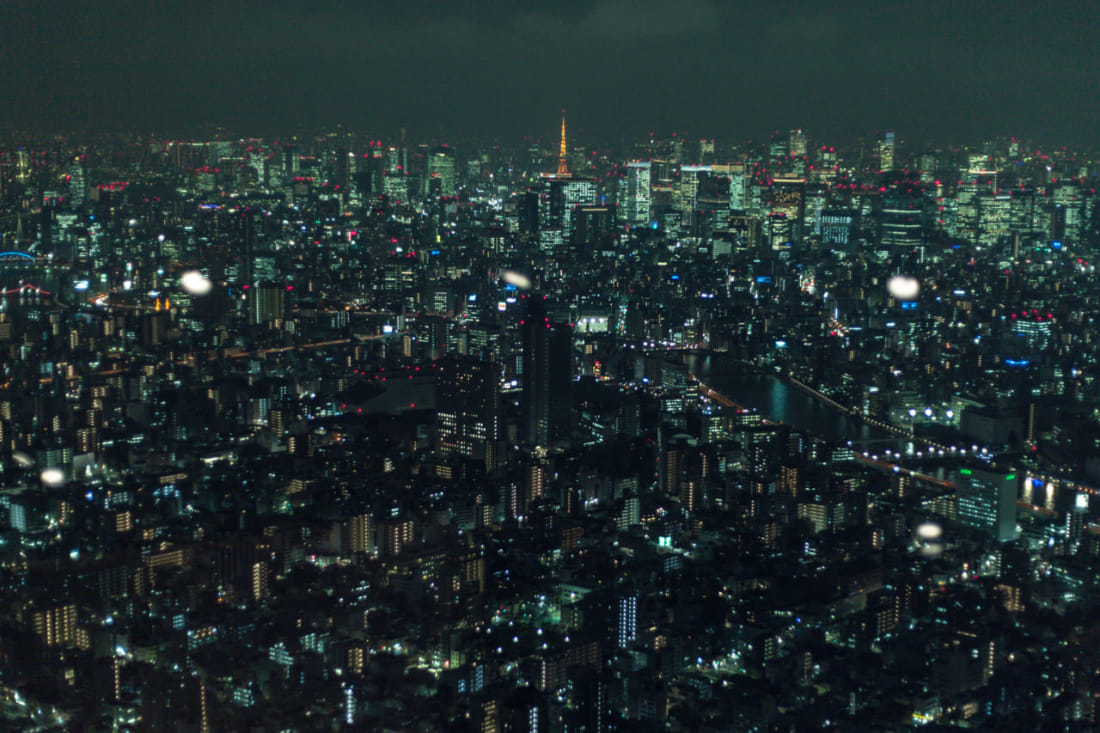
City views from Sky Restaurant 634
Resident Chef Naoya Makimura offers a selection of two menus, Iki and Miyabi, that change seasonally to make sure they include the freshest and most delicious ingredients possible. We chose Miyabi (which means elegance, or grace), and it proved to be the ultimate indulgence after our long treks through the snowy woods of Nikko.
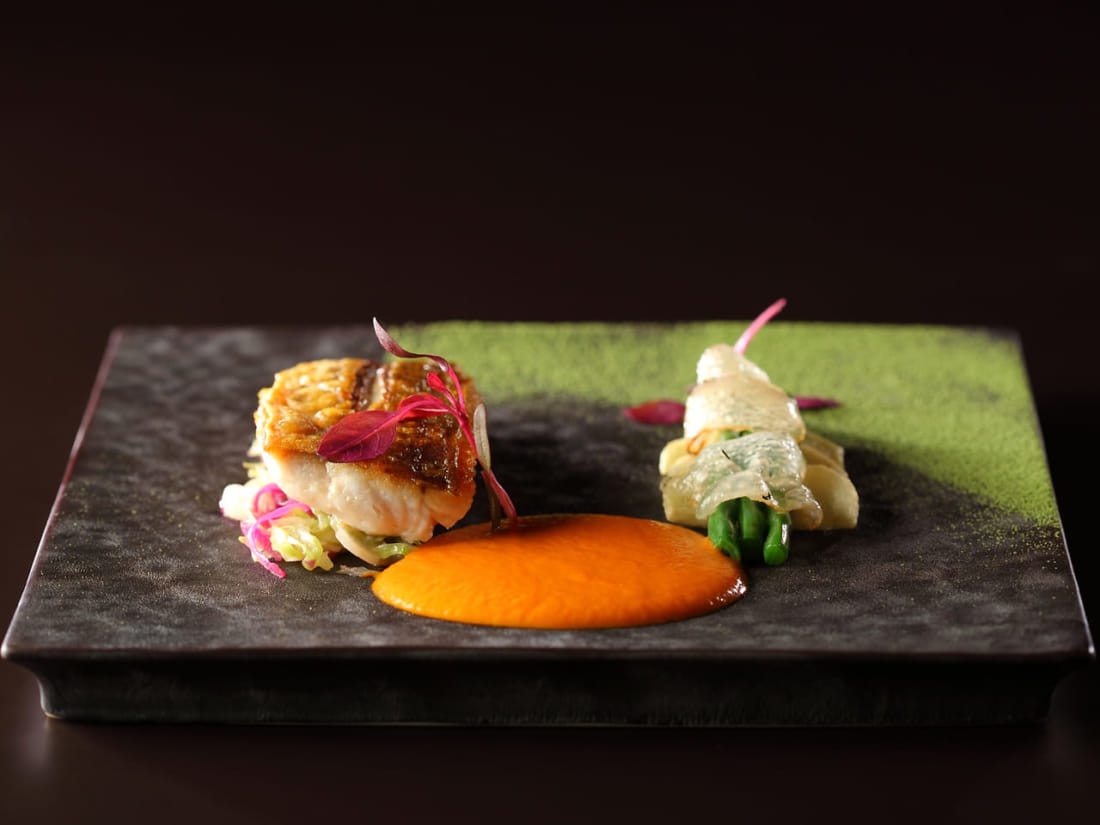
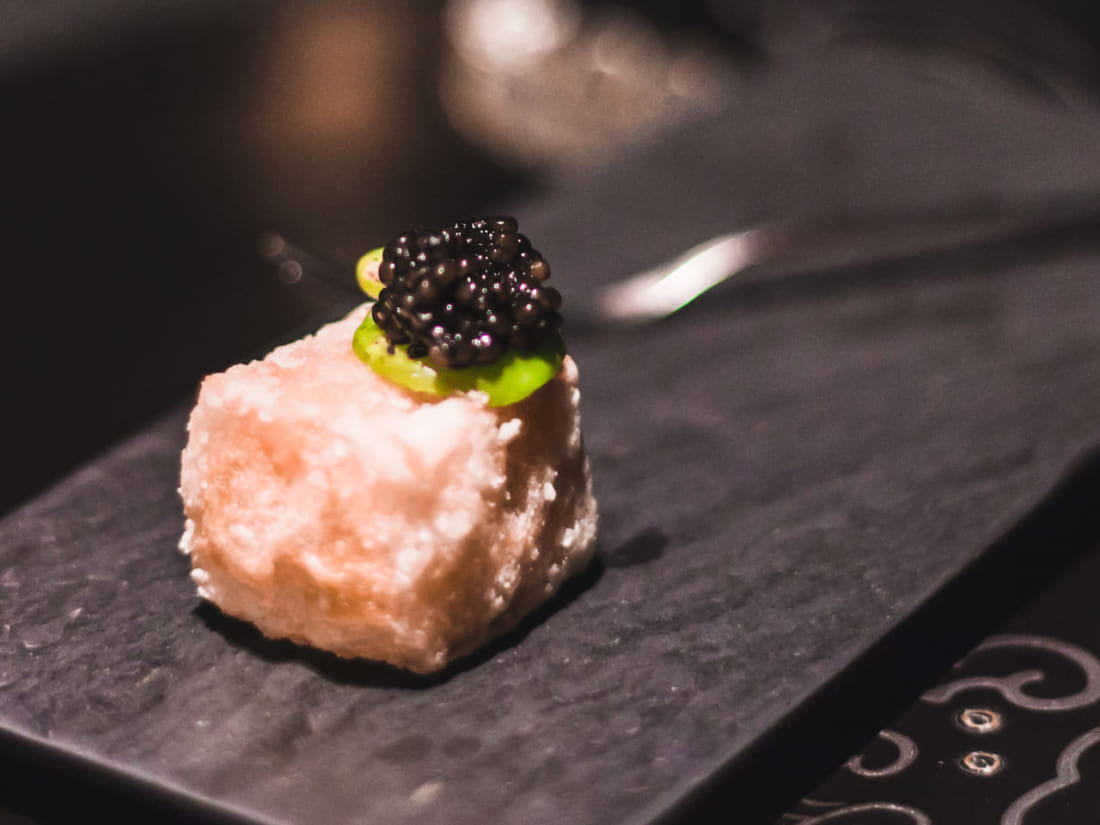
Each dish of this eight-course meal was a splendid fusion of the best parts of French and Japanese cuisine. Our fish of the day was sea robin, and its mild flavor was a perfect match to its accompanying robust and slightly tangy red pepper sauce. The lamb was tender and sweet, while the Merguez sausage had a lingering spiciness that slowly spread through your mouth to leave an almost tingling sensation. Mouthwatering dish after mouthwatering dish made their way to our table, each one leaving completely scraped clean.
We clinked our glasses and as we took in the breathtaking view once more, we agreed without doubt that there could be no better way to round off our extraordinary trip to Nikko.
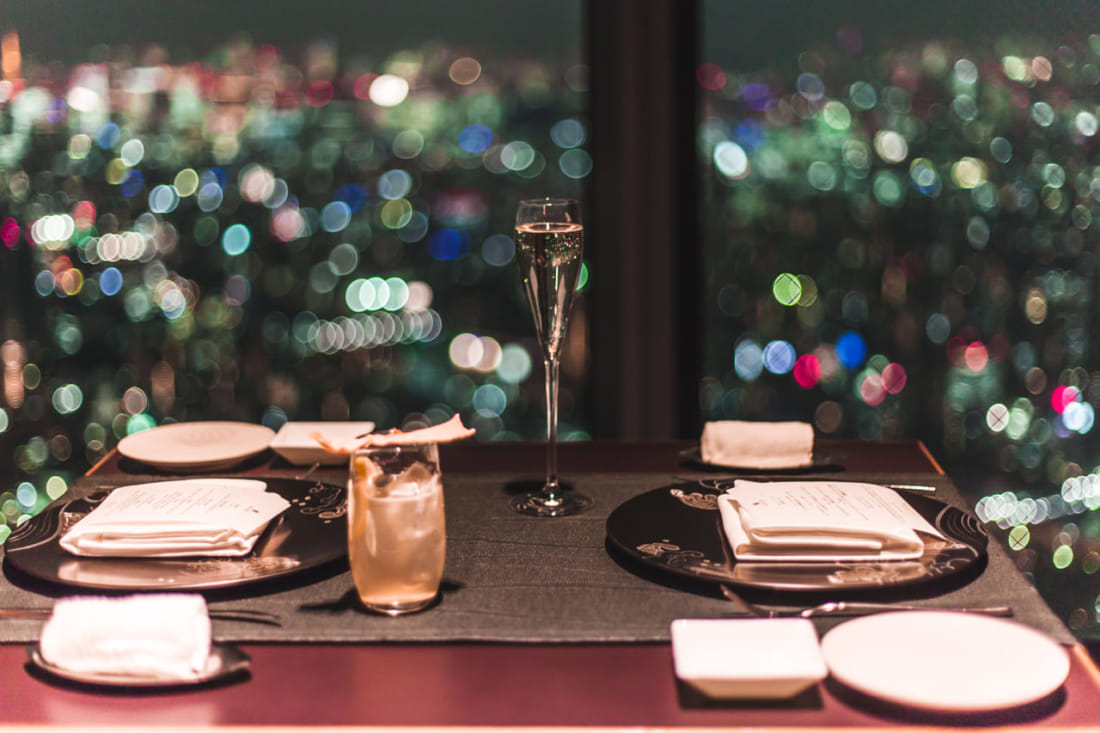
The perfect end to a perfect getaway: Champagne at Sky Restaurant 634
Essential Info For Your Trip
Want to follow in our footsteps? Here’s what you need to know…
Traveling to and from Nikko
A Tobu limited express train from Asakusa Station will get you to Nikko in just under two hours. For train times and ticket bookings, visit tobu.co.jp/foreign/en
Getting Around Nikko
Use Tobu Bus’s hop-on hop-off system to make the most of your visit with a Nikko Bus Pass. Many different passes (including those that will take you as far as Edo Wonderland and Kinugawa Onsen) and discounts are available. Passes are valid for two days and one night. For more information, visit tobu-bus.com/en/
Stay the Night
Stay at the legendary Nikko Kanaya Hotel for easy access to some of Nikko’s most famous sights. www.kanayahotel.co.jp/eng/
Dine at Sky Restaurant 634
End off your two-day getaway with a super dinner at one of Tokyo’s finest restaurants boasting an unrivaled view of the city and beyond. Reservations are required. restaurant.tokyo-skytree.jp/english
Photographs by Allan Abani
Sponsored Post

